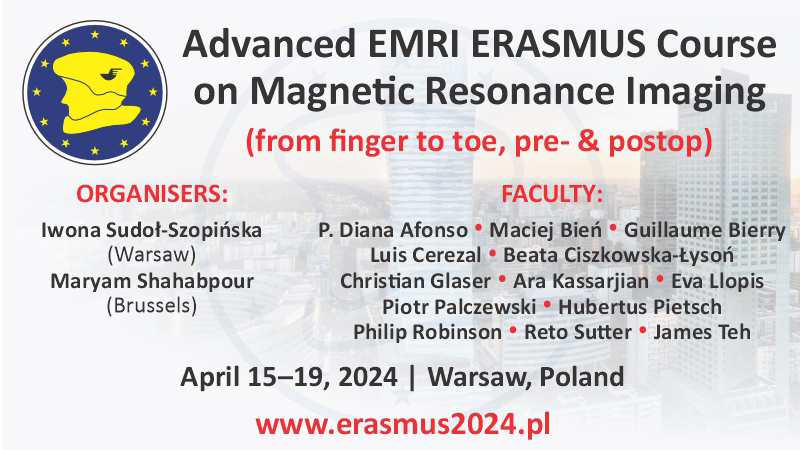Ultrasound image of malignant bone tumors in children. An analysis of nine patients diagnosed in 2011–2016
 Affiliation and address for correspondence
Affiliation and address for correspondenceIntroduction: The diagnostic process of bone tumors, including malignant ones, is based on conventional radiological methods, such as radiography and computed tomography, and with precise assessment of local advancement in magnetic resonance imaging. Ultrasonography is not included in the diagnostic algorithms as a tool suitable to detect this type of pathology. More and more frequent usage of musculoskeletal ultrasound in children as the first imaging method or, in some cases, as the only diagnostic method, makes it necessary to be familiar with sonographic presentation of bone tumors to suggest this diagnosis early enough and, after its verification, start treatment without a significant delay. Aim: The aim of this study was to determine changes in the sonographic image that might indicate a bone malignancy and suggest the need to extend the diagnostic process in this direction. Material and method: This article discusses 10 bone tumors in 9 children who had an ultrasound scan performed at the beginning of the diagnostic process before the histopathological diagnosis was established and treatment initiated. The assessment involved ultrasonographic features indicating the presence of a tumor. Results: In the group of 9 patients, 8 malignant bone tumors were diagnosed in ultrasonography and later verified histopathologically: 4 osteosarcomas and 4 Ewing’s sarcomas. In one case, two bone tumors were detected in ultrasonography without specification of their nature (malignant/ benign, primary/secondary). Conclusions: In the analyzed cases, ultrasonography enabled the correct diagnosis of a focal bone lesion, and in most cases (8/9) it presented an image that suggested its malignant nature and the necessity of further diagnosis and treatment.






